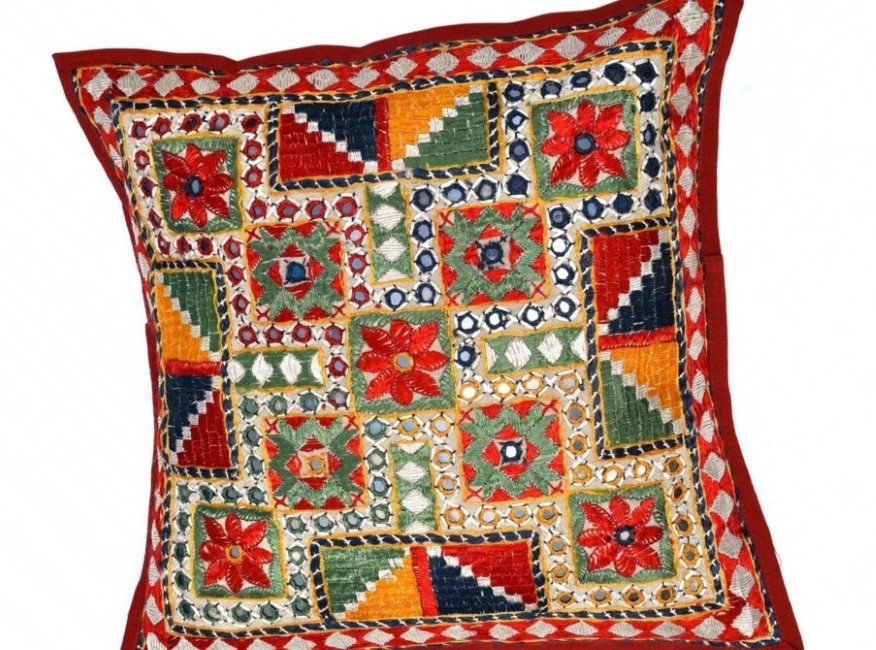
Embroidery
Embroidery is a traditional craft that has
been practiced for centuries in various cultures around the world. It involves
embellishing fabric with decorative stitching using threads, beads, sequins,
and other materials. Embroidery has a rich history and holds cultural
significance in many societies, often representing the artistic and creative
expression of women.
Embroidery (Bharat), specifically in the
region of Barmer, Rajasthan, has undergone significant changes due to
historical events and the displacement of people. After the Indo-Pak War of
1971, around three lakh people, mostly from the Thar Parkar district, fled
their villages in fear of persecution and hardships under the military
dictatorship of Pakistan. They sought refuge in the Barmer and Jaisalmer
districts of Rajasthan.
However, the hopes for a better future in
India quickly eroded as they faced hostility and discrimination from the local
population, as well as limited support from the Indian government. These
war-displaced individuals, known as sharanarthis or refugees, were confined to
relief camps and relied on meager rations provided by the Indian state. To
survive in this challenging situation, the women from these camps adapted their
traditional embroidery skills for market production.
Embroidery traditions in Thar Parkar were
known as bharat, encompassing both embroidery and appliqué/patchwork
techniques. These traditions had originated in the West, possibly influenced by
the Persio-Arabian deserts. The craft was popular among lower castes like the
Meghwals, Ravana Rajputs, Bhils, and Kolis. Embroidery pieces were personalized
expressions of love and affection, often used as gifts and worn on special
occasions. The designs and motifs carried symbolic meanings and were communicative
in nature, telling stories or reflecting the artisan's connection with nature.
With the influx of war-displaced women into
Barmer, the local handicraft market experienced a boom in demand for bharat
products. Handicraft traders capitalized on this opportunity, offering meager
wages to the women artisans for their exquisite work. The production process
became hierarchical, with big merchants providing raw materials and middlemen
overseeing production in various villages. This mass production for the
handicraft market led to the alienation of artisans from their creations,
transforming the personal and intimate nature of bharat into a commodity.
The expansion of the female labor force in
the 1980s, driven by consecutive famines and limited employment opportunities,
further impacted the commodification of embroidery. To meet the demand for
cheaper products, the emphasis shifted from intricate embroidery to simpler
patchwork techniques. Designs became more standardized, featuring motifs
unrelated to the artisans' creative urges, and mass production became the norm.
The informal sector of the rural economy in
Barmer became increasingly involved in the production and trade of handicrafts.
Petty traders and organizers emerged within the Pak Oustee community, working
with capital advances from larger traders. The production chains grew,
involving multiple middlemen and hierarchical structures. This transformation
marked a shift towards the "age of mechanical reproduction" for
bharat traditions, with less emphasis on creativity and more on meeting market
demands.
In conclusion, the embroidery traditions of
Bharat, particularly in Barmer, Rajasthan, have undergone significant changes
in response to historical events and displacement. The craft, once an intimate
expression of love and cultural identity, has become a commodity in the
handicraft market. The expansion of the female labor force and the need for
cheaper products have influenced the techniques and designs used, leading to a
shift from intricate embroidery to simpler patchwork. Despite these changes,
embroidery continues to hold cultural significance and remains an important
aspect of the craft heritage of the region.